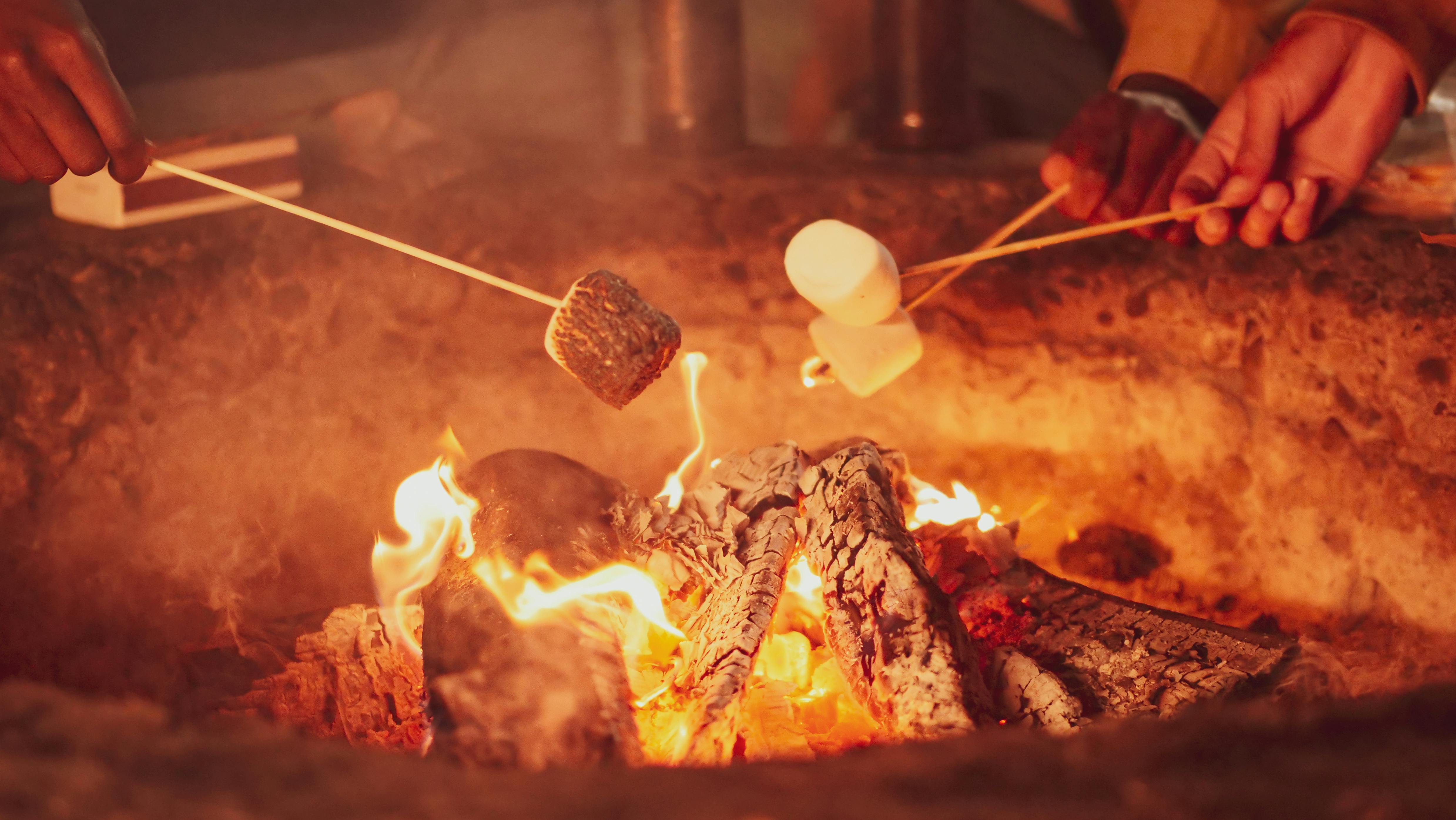Do you ever find yourself enjoying a sweet or sticky treat only to be left with food stuck in your teeth? It can be embarrassing and uncomfortable, but why does it happen? In this article, we’ll explore the science behind why food sticks to your teeth and what you can do to prevent it.Food can stick to teeth for a variety of reasons. Most commonly, food can stick to teeth if it contains high levels of sugar or starch, which can cause bacteria present in the mouth to produce acid that erodes tooth enamel. Also, fibrous foods such as corn and celery are more likely to get lodged in small crevices between teeth. Finally, improper dental hygiene can leave plaque on teeth which can make food more likely to stick.
Types Of Foods That Stick To Teeth
Foods that stick to teeth are usually sugary, sticky, and chewy. These types of foods can become lodged in the crevices between teeth and cause tooth decay. Common examples of these types of foods include candy, dried fruits, cookies, cake, crackers, chips and ice cream. Sticky foods can also be found in some breakfast cereals and granola bars.
Starchy foods such as potatoes, breads and pastas can also stick to teeth if they are not thoroughly chewed. Eating these types of food without thorough chewing can cause them to become lodged between the teeth. The starch in these foods will begin to break down quickly in the mouth and can cause tooth decay if not removed soon after eating.
Sugar-filled beverages such as soda and juice also have the potential to stick to teeth. When these beverages are consumed often or in large quantities they can increase the risk for cavities due to increased amounts of sugar being left behind on the teeth.
It is important for people to be aware of which types of food have a tendency to stick to their teeth so that they can take steps to reduce their risk for cavities by brushing and flossing after each meal or snack. Regular visits with a dentist will help detect any areas where food may be lodged between teeth that could not be removed with brushing alone.
How To Prevent Food From Sticking To Teeth
The process of preventing food from sticking to teeth can be done in several ways. One of the most important steps is to brush your teeth regularly. When brushing, make sure to use a soft-bristled toothbrush and fluoride toothpaste. This will help remove plaque, which is a sticky substance that accumulates on the surface of the teeth and attracts food particles. It’s also important to floss daily to remove any particles that may be stuck between the teeth.
In addition to brushing and flossing, it’s also important to rinse your mouth after eating with a mild antiseptic mouthwash. This will help kill any bacteria that may be present in the mouth and can help reduce the chances of food sticking to your teeth. It’s also a good idea to drink lots of water throughout the day as this helps rinse away any food particles that may be left in the mouth after eating.
Finally, it’s important to maintain a balanced diet with plenty of fruits and vegetables and limit sugary foods and drinks as these can increase your risk for cavities and cause food particles to stick more easily on your teeth. Additionally, if you smoke or chew tobacco, quitting can help improve oral health and reduce the chances of food sticking on your teeth. Following these tips can help keep your teeth healthy and free from sticky substances.
Is Sticky Food Bad For Your Teeth?
Sticky foods can be bad for your teeth, particularly if you don’t brush and floss your teeth regularly. Sticky foods, such as candy, dried fruit, and some cereals, can stick to the surfaces of your teeth and get trapped in the crevices. This gives bacteria an opportunity to feed on the sugar and create plaque. Plaque is a sticky film that coats your teeth and can lead to cavities and tooth decay.
If you do eat sticky foods, it’s important to brush or rinse your mouth out with water afterwards. This will help remove any food particles that are stuck in between the teeth or on the surface of the enamel. Additionally, regular brushing and flossing can help prevent plaque from forming on your teeth.
It’s also important to remember that sticky foods are usually high in sugar content. Eating too many sugary snacks can also cause cavities and tooth decay over time. If you do choose to eat sticky foods, it’s best to enjoy them in moderation and make sure you’re brushing and flossing regularly afterwards.
Overall, sticky foods can be bad for your teeth if you don’t take proper care of them afterwards by brushing or rinsing with water. Regular brushing and flossing is the best way to prevent plaque buildup on your teeth from eating sugary snacks or other sticky foods. Enjoy these treats in moderation but remember to always take care of your dental health afterwards!
Is It Normal For Food To Stick To Teeth?
It is normal for food particles to stick to teeth after eating. This is because of the sticky texture of some foods, such as candy or peanut butter, and the grooves and crevices in our teeth. Plaque, which is a sticky film of bacteria that forms on teeth, can also contribute to food particles sticking around longer than they should.
Food particles that remain on the surface of your teeth can lead to tooth decay if not removed. Bacteria in your mouth feed on these particles and produce acids that can erode tooth enamel and cause cavities. Additionally, the presence of food particles in your mouth can cause bad breath or halitosis.
Although it is normal for food to stick to your teeth, it is important to practice good oral hygiene habits to prevent tooth decay and other oral health problems. Brushing twice a day with a fluoride toothpaste and flossing at least once a day will help remove stuck-on food particles and plaque from teeth and gums. Visiting your dentist regularly for cleanings and checkups is also important for maintaining good oral health.
If you notice that you are constantly having difficulty removing bits of food from between your teeth, there may be an underlying issue like misaligned or overcrowded teeth which can make it difficult to thoroughly clean them with brushing alone. If this is the case, speak with your dentist about treatment options such as orthodontic care which can help reduce spaces between teeth and make cleaning easier.

What Are The Effects Of Sticky Foods On Your Teeth?
Sticky foods can have a significant effect on your teeth. These foods tend to get stuck in the crevices of your teeth and can be difficult to remove. This can cause plaque buildup, which can lead to tooth decay and other oral health issues. Additionally, the sugar and carbohydrates found in sticky foods can damage your tooth enamel, which can lead to cavities. Moreover, sticky foods are often high in acid content, which can erode enamel and increase the risk of cavities. Finally, sticky foods may also increase your risk of gum disease due to their tendency to stay on your teeth for longer periods of time.
Overall, eating sticky foods in moderation is important for maintaining good oral health. It is important to brush and floss after consuming these types of food in order to remove any debris that may be stuck between your teeth or on the surface of your teeth. Additionally, it is important to visit your dentist regularly for professional cleanings and check-ups so that any potential problems can be identified early.
Does Brushing Help Remove Sticky Foods From Your Teeth?
Yes, brushing your teeth can help to remove sticky foods from your teeth. The bristles of the toothbrush act as a scrubbing action to dislodge food particles and plaque from the surfaces of your teeth. This brushing action helps to remove sticky foods such as candy, chocolate and other sugary snacks that can become stuck between your teeth or on the surface of them. Brushing also helps to prevent plaque buildup, which can lead to cavities and gum disease.
In addition to brushing, using dental floss can also help to remove sticky foods from between your teeth. Flossing is an important part of oral hygiene and helps to reach areas that a toothbrush may not be able to access. Flossing with an appropriate dental floss will help you remove any food particles or plaque that have built up in crevices between your teeth.
It’s important to brush and floss regularly in order to keep your mouth healthy and free of sticky foods that could cause cavities or gum disease. Regular brushing and flossing will help keep your teeth clean and healthy by preventing plaque buildup, which can lead to these dental problems.
Home Remedies For Removing Stuck-On Foods From Your Teeth
Stuck-on foods can be annoying to remove, but fortunately, there are several home remedies for removing them. One of the most popular methods is to use a mixture of baking soda and water. Simply mix together baking soda and water until it forms a paste, then apply it to the stuck-on food. The baking soda paste helps to break down the food particles and makes it easier to remove with a toothbrush. Another option is to use hydrogen peroxide and salt. Mix together two parts hydrogen peroxide and one part salt, then apply the mixture directly onto the stuck-on food. This mixture also helps to break down the food particles so they can be removed more easily.
A third home remedy for removing stuck-on foods from your teeth is to use an oral irrigator or mouthwash. An oral irrigator uses a stream of water to dislodge trapped particles in your teeth, while mouthwash can help loosen stubborn debris from your teeth’s surfaces. Both methods help break down trapped food particles so they can be more easily removed with a toothbrush or floss. Finally, you can also try using an electric toothbrush or dental flossers for an even deeper clean that will help remove stuck-on foods from your teeth.
No matter which method you choose, it’s important to keep in mind that regular brushing and flossing are still essential for keeping your teeth healthy. If you find yourself struggling with stuck-on foods on a regular basis, it may be beneficial to consult with your dentist about any underlying issues that might be causing this problem. With these home remedies, however, you should be able to get rid of any stubborn food particles that have been lodged in between your teeth.

Conclusion
Food sticking to our teeth is a normal phenomenon. It is the result of different factors such as the composition of the food, our oral environment and saliva, and even our diet. It is important to maintain a healthy diet and oral hygiene habits in order to avoid food sticking to our teeth. Regularly brushing and flossing will help to reduce the amount of stuck food particles, while monitoring our diets can help us choose healthier options and thus reduce food sticking to our teeth.
Ultimately, keeping an eye on what we eat and taking proper care of our oral health can help us prevent food from sticking to our teeth. Although it may seem like an annoying problem, it’s an easy issue to address with simple preventive measures.
